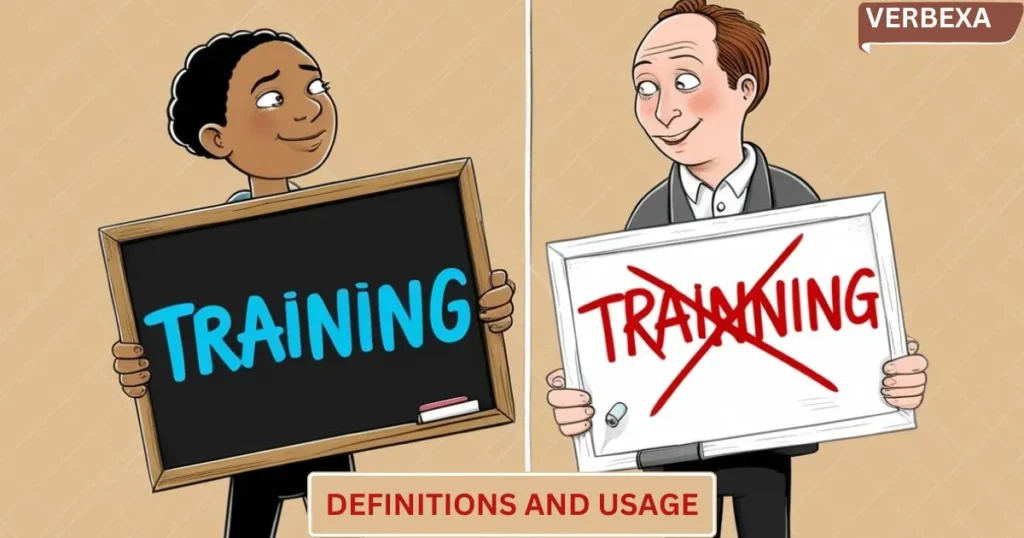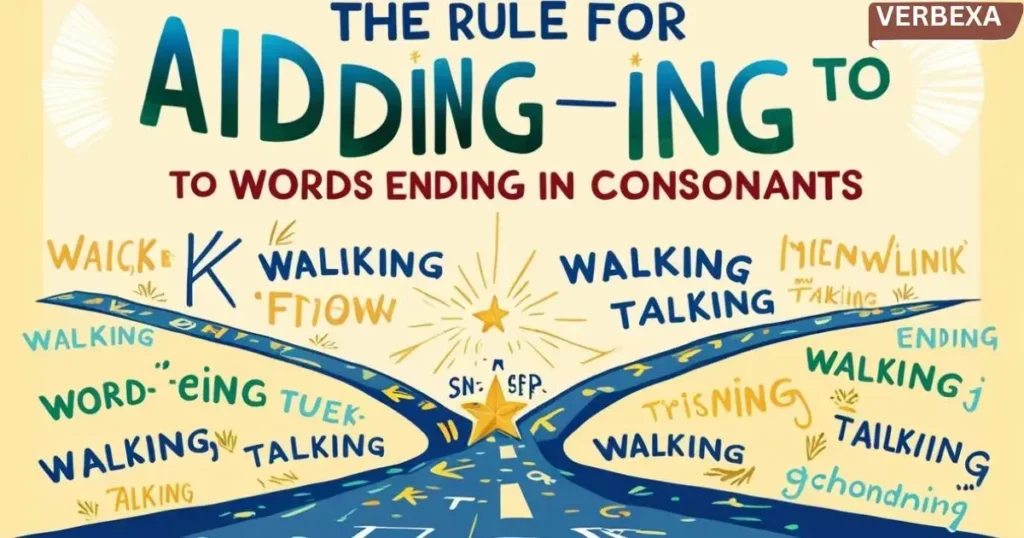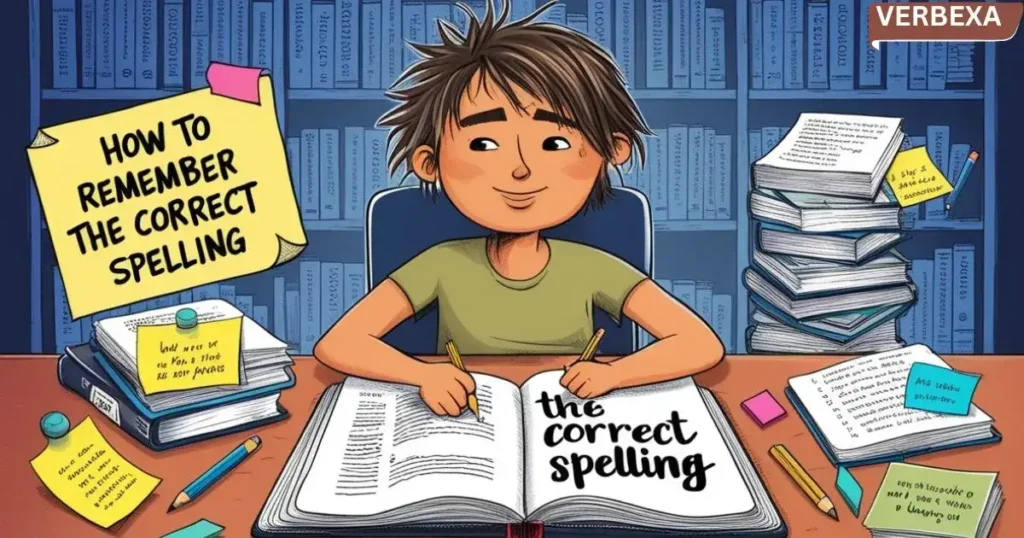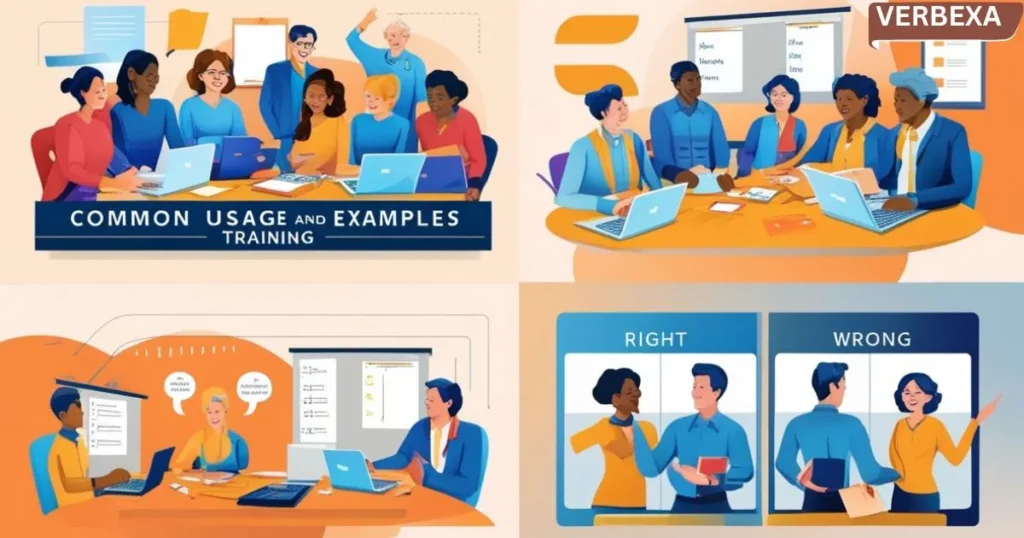In the world of written and spoken communication, English can sometimes feel like a labyrinth of confusing rules, spelling anomalies, and homophones that challenge even the most seasoned writers and speakers. Among the many commonly confused terms, one that frequently trips up both native and non-native English speakers alike is the distinction between “training” and “trainning.” This confusion often arises from the similarity in pronunciation and spelling, but understanding the difference between the two is crucial, especially if you want to maintain accuracy in your writing and communication.
Why Are These Terms Often Confused?
Every day, countless professionals and students find themselves hesitating over how to spell training correctly. Whether writing a resume, preparing a business document, or crafting an email, this seemingly simple word can cause unexpected uncertainty. The good news? There’s a clear and simple answer to the “trainning or training” dilemma: “Training” is the correct spelling, while “trainning” is incorrect.
Definitions and Usage

Let’s address the main question right away: “How do you spell training?” The correct spelling is:
- ✓ Training (correct)
- ✗ Trainning (incorrect)
Training
Training is the correct spelling of the word used to refer to the process of teaching or learning a particular skill, behavior, or task. It can also refer to the systematic development of skills or knowledge, often through practice or instruction. It is used in many contexts, including education, sports, professional development, and more.
Examples of “training” in sentences:
- She is undergoing training to become a certified nurse.
- The company provides ongoing training for its employees.
- The athletes participated in an intense training session to prepare for the competition.
Here, “training” refers to the structured activity designed to teach or improve a specific ability or knowledge.
The Grammar Behind Training
To understand why “training” is correct and “trainning” is incorrect, let’s examine the grammatical rules:
The Rule for Adding -ing to Words Ending in Consonants

When adding -ing to a base word:
- For single-syllable words ending in consonant-vowel-consonant (CVC), double the final consonant
- Example: run → running
- For words ending in consonant combinations or long vowel sounds, do NOT double the final consonant
- Example: train → training
“Train” contains a long vowel sound (ai), so it doesn’t require doubling the ‘n’ when adding -ing.
Trainning
On the other hand, trainning is an incorrect spelling of the word training. Despite how it might sound or look to some, “trainning” is not accepted in modern English usage. The double “n” in this case is a mistake, often arising from confusion over English spelling rules or typographical errors.
Examples of incorrect usage of “trainning”:
- She is undergoing trainning to become a certified nurse.
- The company provides ongoing trainning for its employees.
In these examples, “trainning” is used incorrectly. The correct form should be “training.”
Impact of Incorrect Spelling
Using “trainning” instead of “training” can have several negative consequences:
- Professional Impact
- Reduced credibility in business communications
- Negative impression on potential employers
- Decreased effectiveness of professional documents
- Communication Clarity
- Potential confusion in important messages
- Reduced readability of documents
- Distraction from main message
Comparison Table: Training vs Trainning

To help clarify the differences further, here’s a comparison table that summarizes the key aspects of both terms.
| Aspect | Training | Trainning |
|---|---|---|
| Definition | The process of teaching or learning a skill or task. | Incorrect spelling of “training.” |
| Spelling | Correct spelling of the word. | Incorrect, has an extra “n.” |
| Grammatical Role | Noun or adjective (e.g., “training session”). | N/A (not recognized as a valid word). |
| Common Usage | Used widely in education, work, sports, and development. | Rarely used (incorrect form). |
| Pronunciation | Pronounced as /ˈtreɪnɪŋ/ | Same pronunciation but still incorrect in writing. |
| Example | “She is attending training to improve her skills.” | “She is attending trainning to improve her skills.” (Incorrect). |
As shown, “training” is the only valid term, while “trainning” should be avoided. The confusion often arises because both words sound the same when spoken aloud, but only one is the proper spelling.
How to Remember the Correct Spelling

To consistently spell “training” correctly, remember these tips:
- Think of the Base Word
- The base word is “train”
- Simply add “ing” without any changes
- Remember the Long Vowel Rule
- The “ai” in “train” makes a long vowel sound
- Long vowel sounds don’t require doubling the final consonant
- Use a Memory Device
- “A train needs just one track, and ‘training’ needs just one ‘n'”
When to Use Each Term
The correct term is training, and it should be used in all cases where you are referring to the process of learning, development, or preparation for a particular skill or activity.
You might wonder, “How do you spell training correctly in different contexts?” The answer is simple: in all instances, you should use the spelling training—whether you’re referring to a training program, a training manual, or a training session.
Examples of Correct Usage:
- The students are in training for their upcoming exams.
- This job requires extensive training in customer service.
- He is receiving specialized training to become a pilot.
In these examples, “training” is used to describe structured learning or preparation for a specific goal.
When Not to Use Trainning
The word trainning should never be used, as it is a misspelling. Even though it might seem like it follows a pattern in some English words, the correct form has only one “n.”
If you’re unsure about whether to use “trainning” or training, just remember this simple rule: there’s no such word as “trainning.”
If you happen to come across the word trainning while writing, it’s always a good idea to double-check and replace it with training.
Common Usage and Examples

Understanding how to use training properly in everyday scenarios is key to mastering the term. Here are some examples where you might use training in a variety of contexts.
Workplace Training:
- The company offers training on new software programs to help employees stay up-to-date.
- The training seminar provided valuable insights into leadership skills.
Sports and Physical Training:
- Professional athletes often undergo intense training to stay competitive in their sport.
- Fitness trainers develop specialized training routines to help clients reach their fitness goals.
Education and Learning:
- Teachers need continuous training to keep their teaching methods relevant and effective.
- Our training program includes modules on communication, teamwork, and problem-solving.
Technical or Skill Development:
- He completed his training in computer programming at a coding bootcamp.
- The organization offers training in various fields, from marketing to management.
These examples illustrate the versatility of training in different real-world contexts. Whether you’re talking about physical fitness, professional development, or specialized skill-building, the correct term is always training.
Tips for Consistent Correct Usage

To ensure you always use the correct spelling:
- Proofread Carefully
- Double-check all professional documents
- Use spell-check tools
- Have others review important documents
- Practice Correct Usage
- Write the word correctly multiple times
- Use it in different contexts
- Create memorable sentences
- Utilize Technology
- Set up autocorrect to flag “trainning”
- Use grammar checking tools
- Keep digital style guides handy
Frequently asked Questions
How do you spell training in English?
The correct spelling is training, with only one “n.” It is the accepted form in English for referring to skill development or education.
Is it correct to say training?
Yes, saying “training” is absolutely correct. It refers to the process of teaching or learning specific skills or knowledge.
What is the definition of training?
Training refers to the act of teaching or learning skills, typically through practice or instruction, to improve one’s abilities in a particular area.
Which is correct: training in or training on?
Both training in and training on are correct, but they are used in different contexts: training in is used for general fields, and training on is used for specific tasks or tools.
How do you use training as a verb in a sentence?
As a verb, training means to teach or instruct. For example: “She is training the new employees on the software system.”
Conclusion
To recap, the confusion between “training” and “trainning” often arises due to the similarity in pronunciation. However, it’s important to distinguish between the two, as trainning is an incorrect spelling and should be avoided. Whether you’re writing about professional development, sports, education, or any other area where learning and skill-building occur, always use the correct spelling—training.
By keeping in mind the definitions and usage guidelines provided in this article, you can confidently spell “training” correctly, ensuring your writing remains clear, professional, and accurate. So, whenever you’re wondering, “How to spell training?” or “Which one is correct: training or trainning?”, remember: it’s always training.
Mastering the correct usage of terms like trainning or training can go a long way in improving your overall writing skills. By paying attention to such details, you demonstrate not only language proficiency but also your attention to detail—qualities that can make a big difference in both professional and personal communication.

This author is a passionate linguist and grammar enthusiast, dedicated to helping individuals master the art of language. With years of experience in teaching and editing, she brings clarity and precision to every sentence. Tina’s mission is to empower writers of all levels to express themselves with confidence and excellence.

